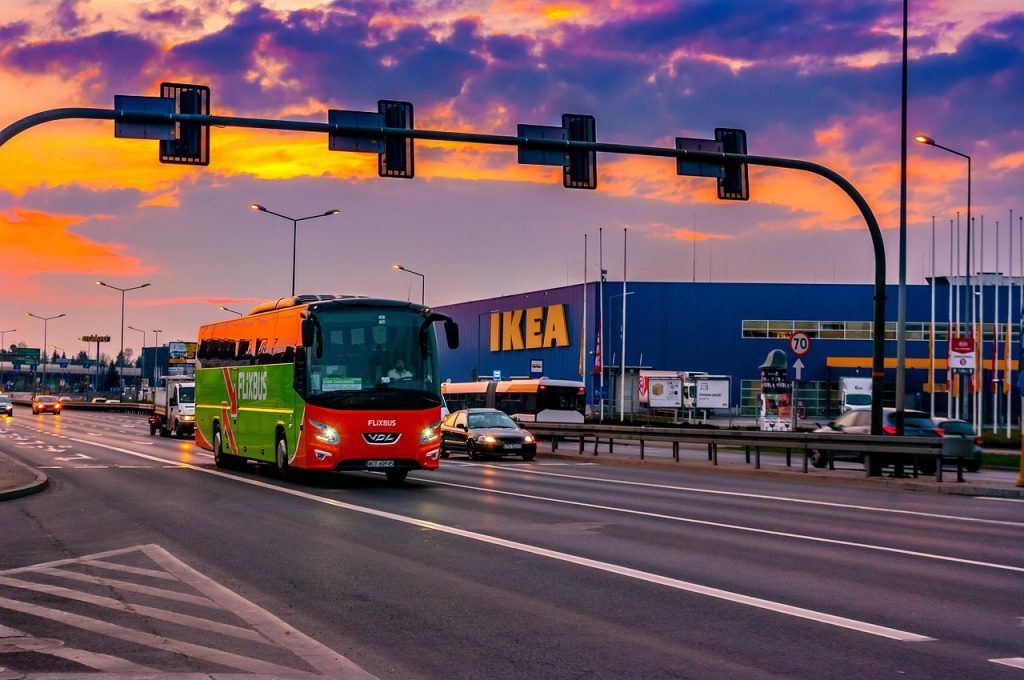Virtual and augmented reality, the marketing tools of tomorrow ?
Marketing is an ever-evolving discipline, constantly challenged by ever more sophisticated consumer behaviors and the good (or bad) practices of brands that are often rich in lessons learned.
What we call Marketing 3.0 marketing is based in part on the way people interact, especially in sales outlets, whether physical or online. And for some time now, new tools have been shaking up this segment once again: virtual or augmented reality devices.
First of all, be careful to differentiate between these two notions. The first one often baptized VR refers to a technology that will create a fake environment in which the user will be able to use certain senses such as sight, touch or hearing. In other words, we often put a mask on our face and we are transported into an artificial world.
Augmented reality is quite different and allows you to add virtual elements to reality. The most telling example is of course the game Pokémon GO where the famous monsters magically appear on your smartphone according to your location.
If for the general public c’is all about’first in the’It is in the video game world that these technologies are best exploited, and they will also be very useful for the marketing of all large companies.
Why use these tools: to increase sales, brand awareness or engagement
Giving in to the trend without reason is heresy for a marketer. But don’t worry, there are plenty of explanations here. In an increasingly competitive commercial world, it is important to differentiate yourself.
With this type of tools, a brand will strongly boost its notoriety and make people talk about it. We think in particular in store where the commitment of the prospects will be maximal.
Indeed, this type of device is clearly proactive and having someone using it will maximize the chances of turning a prospect into a customer. The stage of the simple fun experience has been crossed for a long time for the VR or augmented reality, which have partly entered into the mores. But the “magical” side of these tools allows to play strongly on the affect of people.
The consequences are simple and multiple. A consumer will use this device (engagement and bonding), will often talk about his experience to his entourage (awareness), and could even become a customer thanks to it (sales).
To convince you, here are some concrete applications.
Furnishing, real estate or automotive: the sectors positively affected by these devices

A few weeks ago, we told you about the use of augmented reality in real estate agencies. Here is a sector that benefits greatly from the contribution of such technology.
When you want to buy an apartment or a house, it is often complicated to project yourself especially when we can only offer you plans for new sales. Virtual reality will for example allow you to walk around your potential living space, to really apprehend the surface of each room and why not to consider an interior decoration. Here the tool even acts as a sales facilitator.
Same thing for the furniture sector. Let’s take the example of the market leader, Ikea, which sees an unimaginable number of people walk through the doors of its stores every year. Here we can imagine two kinds of devices:
- Using augmented reality, it will be possible to project certain furniture in their fitted spaces to see the harmony of a room. This beautiful vase is very nice, but how would it be perceived in a living room or in a kitchen ?
- For theVR, it is the online users who would be pampered. No need to leave your home to know if a piece of furniture, a kitchen plate or a bed would fit perfectly in your home. You can even easily change the color or the material used for the chosen object in order to compare it with the other objects.
As you can see, these devices that play on our notion of reality are not mere accessories of modern marketing, but real devices that should be relied on.